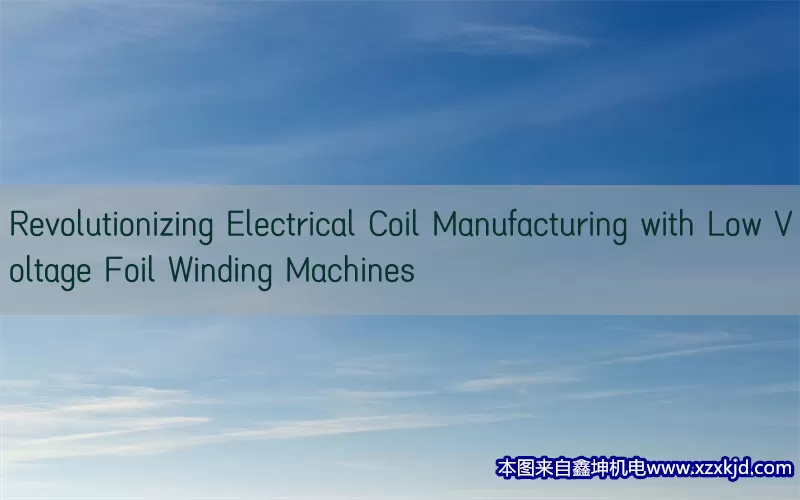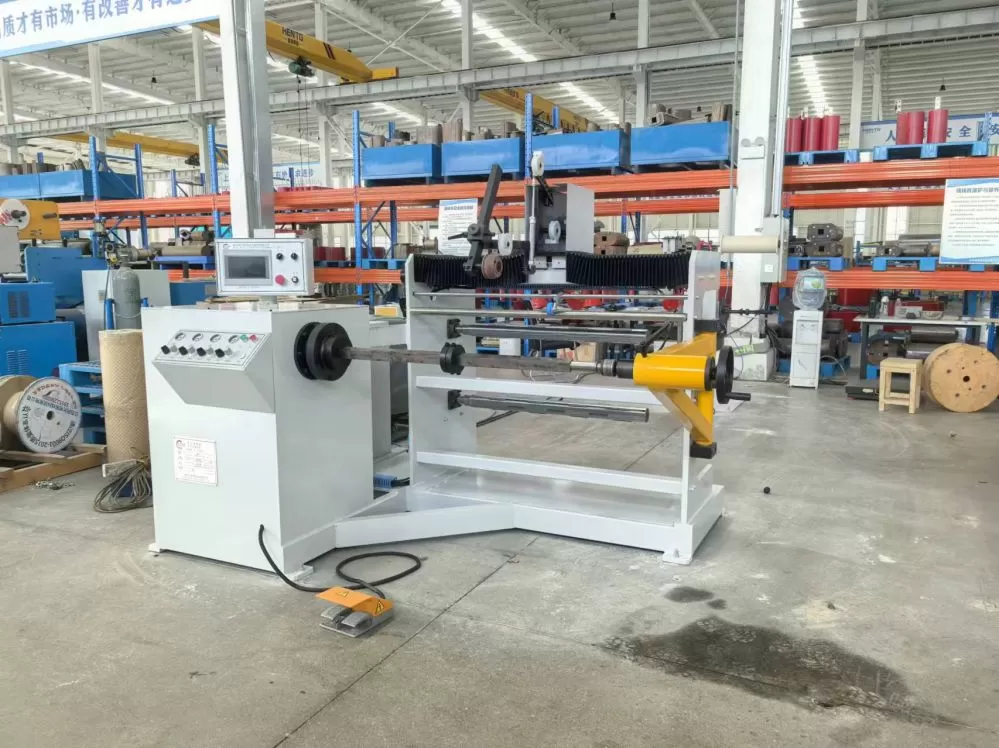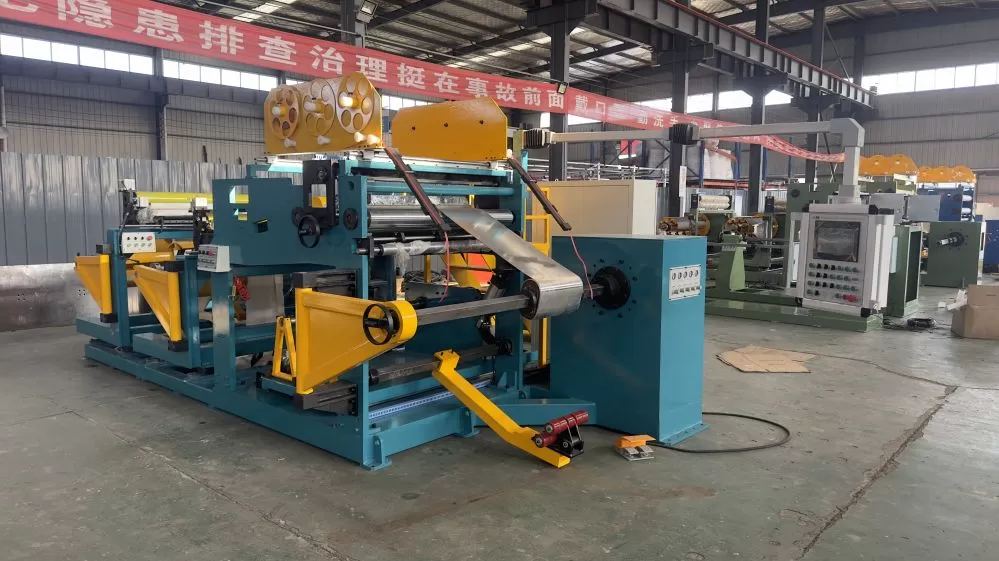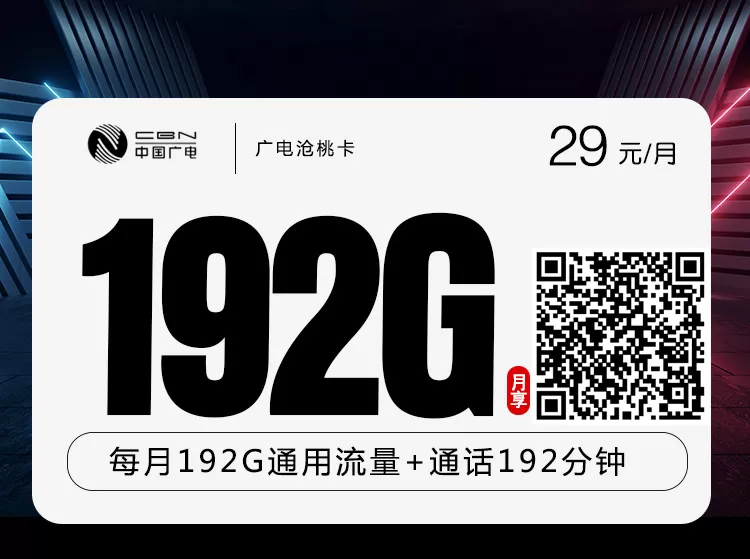Revolutionizing Electrical Coil Manufacturing with Low Voltage Foil Winding Machines
The Evolution and Significance of Low Voltage Foil Winding Machines in Electrical Manufacturing

In the fast-paced world of electrical manufacturing, technological advancements have always been the driving force behind innovation and efficiency. One such game-changing innovation is the Low Voltage Foil Winding Machine, also known in Chinese as "低压箔绕机". These machines are revolutionizing the production of electrical coils, particularly in the transformer and electrical equipment industries, by offering improved accuracy, speed, and efficiency in the winding process.
But what makes the low voltage foil winding machine so crucial to modern manufacturing? To truly appreciate its value, it’s important to first understand the pivotal role that coil winding plays in the production of transformers, inductors, and other essential electrical components.
The Role of Coil Winding in Electrical Components
Coil winding is a fundamental process in the creation of transformers, reactors, and inductors. These electrical components are at the heart of power distribution systems, industrial equipment, and various consumer electronics. The quality and efficiency of the winding process directly impact the performance, durability, and safety of these components.
Traditionally, coil winding has been a labor-intensive process that required significant manual intervention. While basic machines helped in automating some aspects, it was still a slow and often error-prone process. Moreover, traditional winding methods were limited in their precision, making it difficult to achieve the required levels of consistency, especially when dealing with low voltage applications where precision is key.
Enter the low voltage foil winding machine—an innovation that eliminates many of the inefficiencies and limitations of older coil winding techniques.
What is a Low Voltage Foil Winding Machine?
A low voltage foil winding machine, or 低压箔绕机, is a specialized piece of equipment designed for winding low voltage foil coils. Unlike traditional wire winding methods, foil winding machines use wide metallic foils, typically made of copper or aluminum, to create windings for transformers and other electrical equipment.
These machines are specifically engineered to handle the delicate and precise requirements of low voltage applications. They can produce flat, even layers of foil windings with high precision, ensuring minimal resistance and optimized electrical performance. Additionally, the use of metallic foils rather than traditional wire offers several advantages in terms of heat dissipation, mechanical stability, and energy efficiency.
Key Advantages of Low Voltage Foil Winding Machines
Precision and Consistency
One of the most significant advantages of using a low voltage foil winding machine is the high degree of precision it offers. These machines are equipped with advanced controls and automation systems that allow for extremely accurate winding of foil layers, ensuring uniformity and reducing the risk of errors.
In electrical applications, even small deviations in winding quality can lead to inefficiencies, overheating, or even failure of the equipment. The precision offered by foil winding machines helps manufacturers avoid these issues, leading to higher quality products with improved reliability.
Enhanced Energy Efficiency
Traditional wire windings tend to create "hot spots" where electrical resistance is higher, leading to energy loss in the form of heat. In contrast, foil windings are much more efficient at dissipating heat, thanks to the larger surface area of the foil. This leads to lower operating temperatures and higher energy efficiency in the final product.
For industries where energy efficiency is a top priority, such as in the manufacturing of transformers and power distribution equipment, the use of low voltage foil winding machines can make a significant difference. Reduced energy losses translate into cost savings for both manufacturers and end users, making these machines an attractive investment.
.1. Faster Production Times
Speed is another key advantage of low voltage foil winding machines. Because the machine can handle larger widths of material (in the form of foil) compared to traditional wire, it can complete windings much faster. This increased speed, coupled with automation features that reduce the need for manual intervention, allows manufacturers to significantly increase their production capacity.
In today’s competitive market, the ability to produce high-quality electrical components quickly and efficiently is a critical factor for success. By investing in low voltage foil winding machines, manufacturers can meet the growing demand for transformers, reactors, and other electrical equipment without compromising on quality.
Improved Heat Dissipation and Durability
In addition to their energy efficiency benefits, foil windings offer superior heat dissipation compared to traditional wire windings. This makes them ideal for applications where thermal management is a concern, such as in transformers that operate in high-temperature environments.
The increased durability of foil windings also means that components made with these machines are likely to have longer operational lifespans, reducing the need for costly repairs and replacements. For manufacturers, this means lower warranty costs and higher customer satisfaction.
Applications, Technological Innovations, and the Future of Low Voltage Foil Winding Machines
As we’ve explored in Part 1, low voltage foil winding machines offer numerous advantages, including enhanced precision, faster production, and improved energy efficiency. But how are these machines being used in real-world applications, and what does the future hold for this transformative technology?
Key Applications of Low Voltage Foil Winding Machines
Transformer Manufacturing
One of the primary applications of low voltage foil winding machines is in the production of transformers. Transformers are essential for stepping up or stepping down electrical voltages in power distribution networks, and the quality of their windings is directly related to their performance.
Low voltage foil winding machines enable manufacturers to produce transformers with more precise and compact windings, leading to improved energy efficiency and reduced losses. In particular, the use of copper or aluminum foil provides superior electrical conductivity, which is critical for high-performance transformers used in industrial, commercial, and residential power systems.
Inductor and Reactor Production
Inductors and reactors are other key components in electrical circuits, used for filtering, energy storage, and managing current flow. The precision and uniformity provided by foil windings are especially important in these applications, as they help to minimize losses and ensure stable performance.
Low voltage foil winding machines allow manufacturers to produce inductors and reactors with higher power densities and better thermal management. This is particularly important in high-demand applications such as renewable energy systems, electric vehicle (EV) chargers, and high-efficiency industrial machinery.
Power Distribution Equipment
As the global demand for reliable and efficient power distribution systems continues to grow, the need for high-quality components becomes more pressing. Low voltage foil winding machines play a crucial role in the production of key power distribution equipment, such as switchgear and distribution transformers, ensuring that these components meet stringent performance and safety standards.
Technological Innovations in Low Voltage Foil Winding Machines
The field of coil winding technology is constantly evolving, with manufacturers continually seeking ways to improve the performance and efficiency of their machines. Recent innovations in low voltage foil winding machines are helping to further streamline the manufacturing process and enhance the quality of the final products.
.2. Advanced Control Systems
Modern low voltage foil winding machines are equipped with sophisticated control systems that enable precise adjustment of winding parameters such as tension, speed, and layer alignment. These systems use sensors and feedback loops to continuously monitor the winding process, making real-time adjustments to ensure perfect windings every time.
This level of control not only improves the quality of the finished product but also reduces material waste and production costs, making the process more environmentally friendly.
Automation and AI Integration
Automation is playing an increasingly important role in the development of low voltage foil winding machines. With the integration of artificial intelligence (AI) and machine learning algorithms, these machines can now optimize their operations based on past performance data, further improving efficiency and reducing the likelihood of errors.
AI-enabled winding machines can also detect potential issues early in the manufacturing process, allowing operators to make adjustments before problems arise. This predictive maintenance capability helps to minimize downtime and ensures that production runs smoothly.
The Future of Low Voltage Foil Winding Technology
As demand for energy-efficient electrical equipment continues to grow, the need for advanced manufacturing technologies like low voltage foil winding machines will only increase. These machines are likely to become even more automated, with greater integration of AI and machine learning technologies to enhance performance and reduce operational costs.
In addition, ongoing research into new materials and winding techniques could lead to further improvements in the energy efficiency, durability, and performance of electrical components produced with foil winding machines. This will be particularly important in sectors such as renewable energy, electric vehicles, and smart grid technology, where the need for high-performance, low-loss electrical equipment is critical.
In conclusion, the low voltage foil winding machine represents a significant leap forward in coil manufacturing technology. By offering enhanced precision, faster production times, and improved energy efficiency, these machines are helping to meet the growing demand for high-quality electrical components while reducing costs and environmental impact. As the industry continues to evolve, the low voltage foil winding machine is poised to play an even greater role in shaping the future of electrical manufacturing.
提示:在享受本文内容的同时,请注意版权归属 徐州鑫坤机电设备有限公司https://www.xzxkjd.com如果您觉得有价值欢迎分享,但请务必注明出处,感谢您的理解,谢谢!
以下部分内容需要登录查看 立即登录
相关内容
- 供需裂口持续扩大:2025年铜价暴涨,产业链如何应对?
- 铜,新时代的“石油”?2025年价格狂飙背后的战略博弈
- 从能源革命到智能时代:2025铜价暴涨背后的全球新逻辑
- 铜价创历史新高!绿色转型与供需失衡背后的财富浪潮
- 2025铜价为何一飞冲天?三大核心驱动力深度解析
- 上海非急救出租服务全解析
- 深耕中考复读赛道 深圳深才教育为复读生搭建升学桥梁
- 阳光下的童年:那些被温暖照亮的纯真时光
- 群晖DSM7.0-7.21监控套件Surveillance Station 9.20-11289开心版60个许可证设置教程(无重启、无断流、无卡死、史上最完美)
- 云服务器+SD-WAN组网和域名DNS解析
- 在云主机上安装iKuai OS,实现SD-WAN组网,利用云主机80;443端口搭建企业网站。个人博客。让云主机当做你的堡垒机,实现数据本地化。
- 中央空调只开一台=全开耗电?真相让人意外!
 简体中文
简体中文 繁體中文
繁體中文 English
English Nederlands
Nederlands Français
Français Русский язык
Русский язык Polski
Polski 日本語
日本語 ภาษาไทย
ภาษาไทย Deutsch
Deutsch Português
Português español
español Italiano
Italiano 한어
한어 Suomalainen
Suomalainen Gaeilge
Gaeilge dansk
dansk Tiếng Việt
Tiếng Việt Pilipino
Pilipino Ελληνικά
Ελληνικά Maori
Maori tongan
tongan ᐃᓄᒃᑎᑐᑦ
ᐃᓄᒃᑎᑐᑦ ଓଡିଆ
ଓଡିଆ Malagasy
Malagasy Norge
Norge bosanski
bosanski नेपालीName
नेपालीName čeština
čeština فارسی
فارسی हिंदी
हिंदी Kiswahili
Kiswahili ÍslandName
ÍslandName ગુજરાતી
ગુજરાતી Slovenská
Slovenská היברית
היברית ಕನ್ನಡ್Name
ಕನ್ನಡ್Name Magyar
Magyar தாமில்
தாமில் بالعربية
بالعربية বাংলা
বাংলা Azərbaycan
Azərbaycan lifiava
lifiava IndonesiaName
IndonesiaName Lietuva
Lietuva Malti
Malti català
català latviešu
latviešu УкраїнськаName
УкраїнськаName Cymraeg
Cymraeg ກະຣຸນາ
ກະຣຸນາ తెలుగుQFontDatabase
తెలుగుQFontDatabase Română
Română Kreyòl ayisyen
Kreyòl ayisyen Svenska
Svenska հայերեն
հայերեն ဗာရမ်
ဗာရမ် پښتوName
پښتوName Kurdî
Kurdî Türkçe
Türkçe български
български Malay
Malay मराठीName
मराठीName eesti keel
eesti keel മലമാലം
മലമാലം slovenščina
slovenščina اوردو
اوردو አማርኛ
አማርኛ ਪੰਜਾਬੀName
ਪੰਜਾਬੀName albanian
albanian Hrvatski
Hrvatski Suid-Afrikaanse Dutch taal
Suid-Afrikaanse Dutch taal ខ្មែរKCharselect unicode block name
ខ្មែរKCharselect unicode block name




